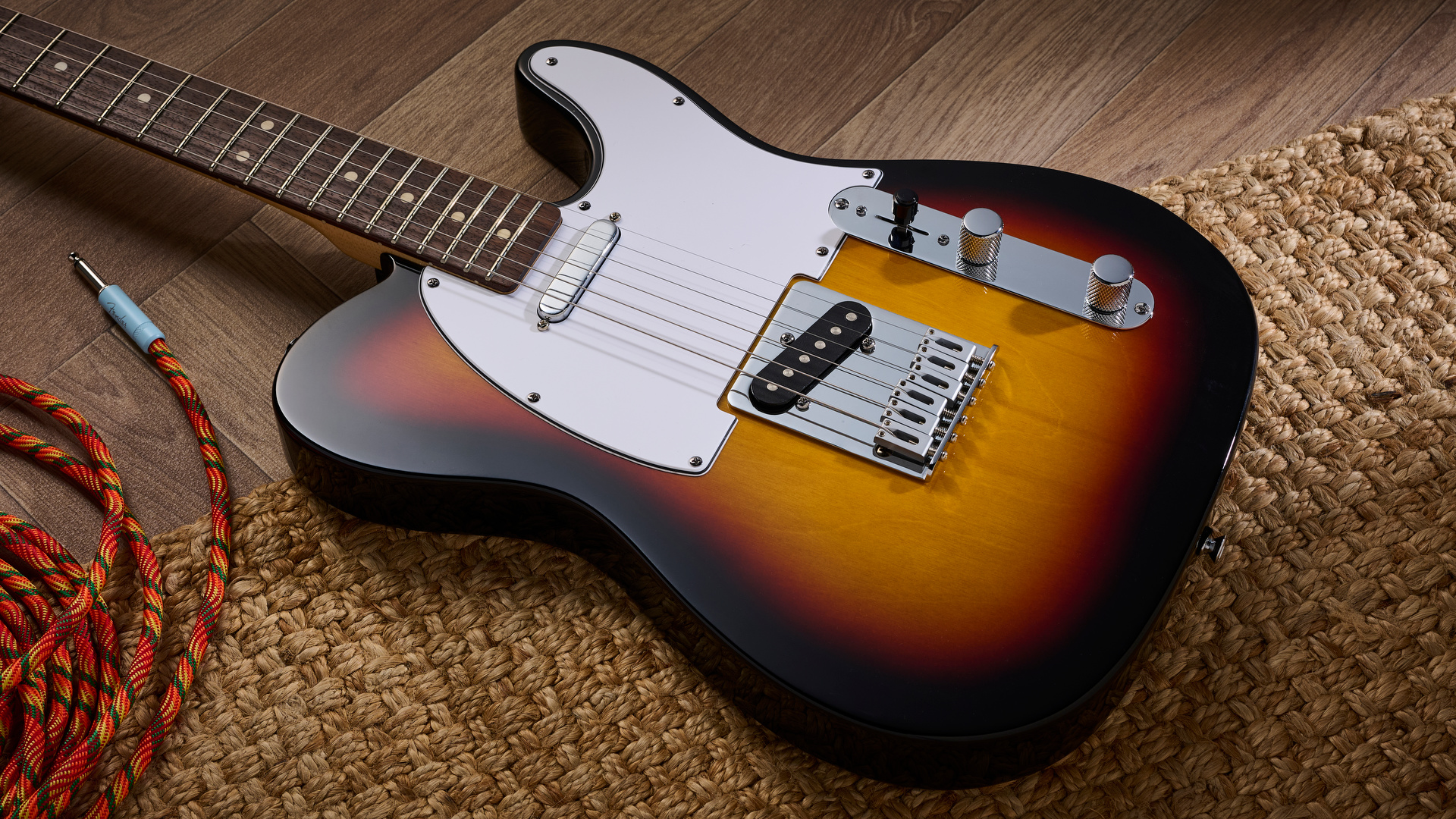
What is it?
Much maligned online, the Fender Standard series caused quite a kerfuffle when it was announced earlier in the year. Before anyone had even had a chance to play or see one it was immediately dubbed the ‘Squier with a Fender decal on the headstock’, and it felt like the entire internet rushed to say how much better off you’d be with a Classic Vibe over it.
While it’s not the first time a guitar manufactured in South Asia has had the honor of the full-fat Fender logo on its headstock - the recent Fender Tom Delonge Starcaster and the Fender Jim Adkins Telecaster both received similar treatment in the past – it’s definitely the first one to really get guitarists’ collective hackles up.
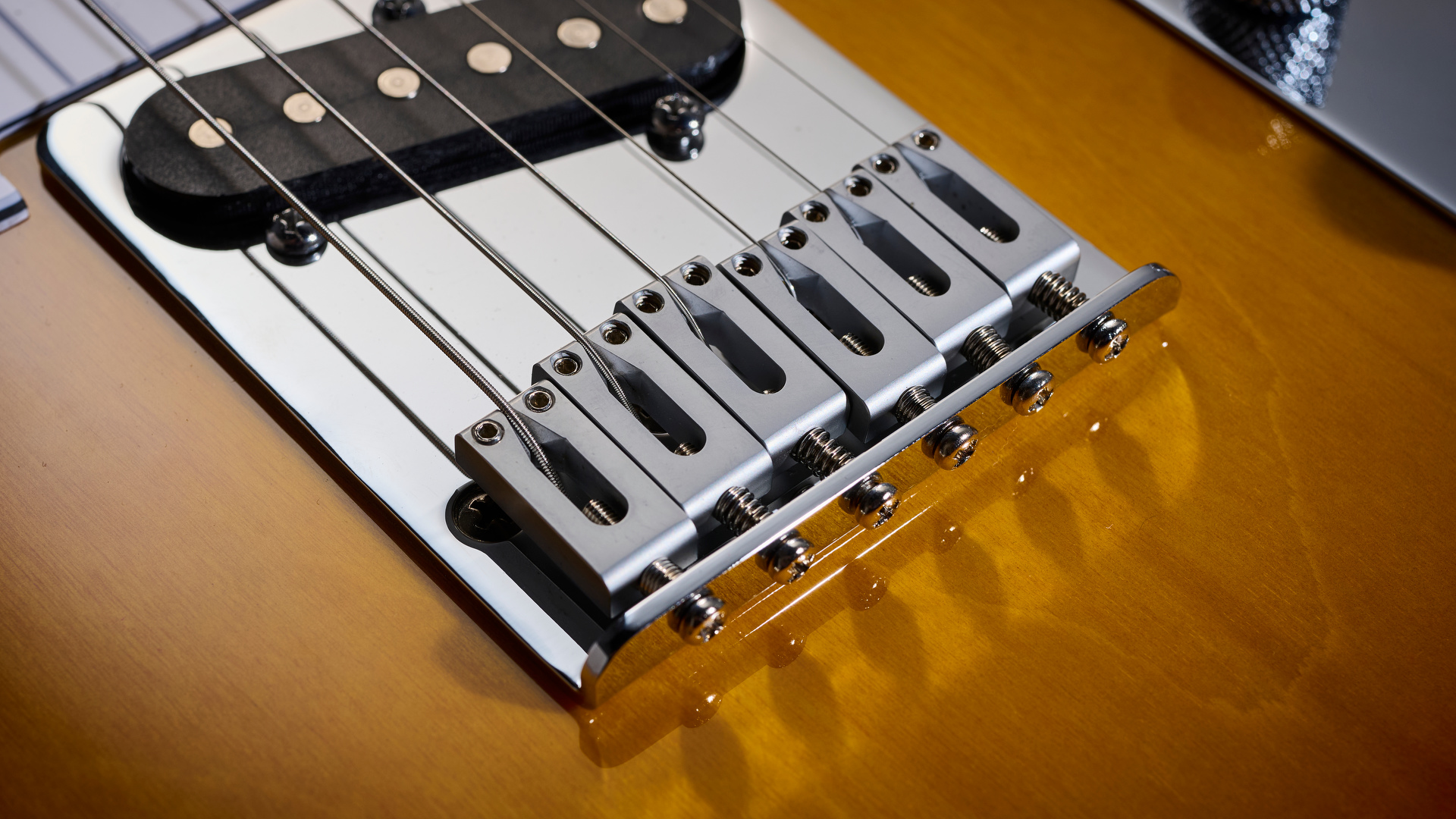
Where the old Fender Standard series was a Made in Mexico brand, this time the guitars are manufactured in Indonesia by Cor-Tek, and it’s this small detail that’s sent pockets of the internet alight with rancor. It might be heresy to purists but if you’re one of the detractors, stick with me here because it might not be as bad as you think.
It represents a big shift from the big ‘F’
Let’s not forget Cor-Tek have had plenty of success manufacturing good quality guitars for cheap with other brands like PRS SE, Ibanez, Schecter, and of course, Squier.
At $599 the new Standard series is priced between the Squier Classic Vibe and Player II Series, aimed at beginner or intermediate players who want that iconic Fender headstock but don’t have the cash to stump up for it - understandable in today’s volatile economy. It represents a big shift from the big ‘F’, and judging from the reaction online, a big shift in your average guitarist’s perception of the brand.
Is it all histrionics and hyperbole though or is Fender really trying to sell us a sword made of smoke? There’s only one way to find out…
Specs
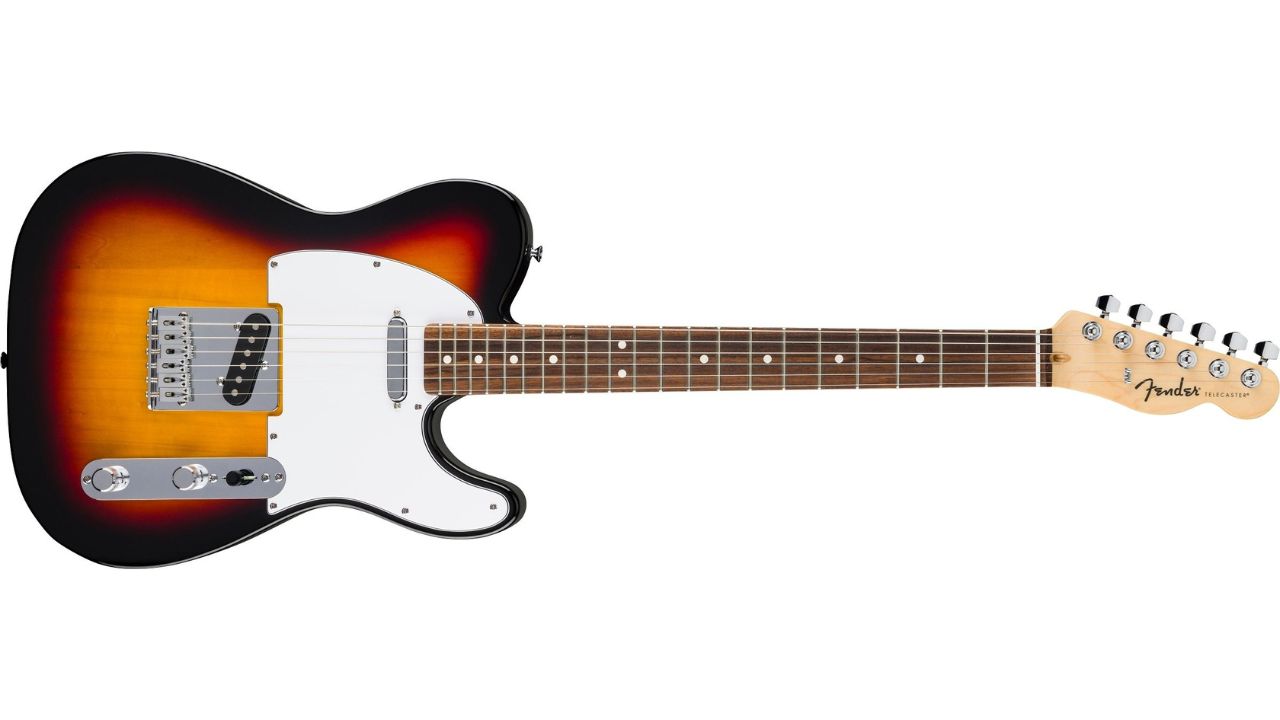
- Launch price: $599/£499
- Made: Indonesia
- Type: Six-string electric guitar
- Body: Poplar
- Neck: Maple, Modern ‘C’
- Fingerboard: Maple, Indian Laurel
- Scale length: 25.5", 647.7mm
- Nut/width: Micarta, 42.86mm
- Frets: 21, Medium Jumbo
- Hardware: Fender Standard Cast/Sealed with Hex Buttons, Standard String-Through-Body Tele bridge with Satin Chrome Steel Block Saddles
- String spacing at bridge: 54.6mm
- Electrics: 2x Standard Single-Coil Tele, Master Volume, Master Tone, 3 Position Switch
- Weight: 7.7 lbs (3.5 kg)
- Left-handed options: No
- Finishes: 3-Color Sunburst (as reviewed), Aqua Marine Metallic, Butterscotch Blonde, Olympic White
- Cases: No
- Contact: Fender
Build quality
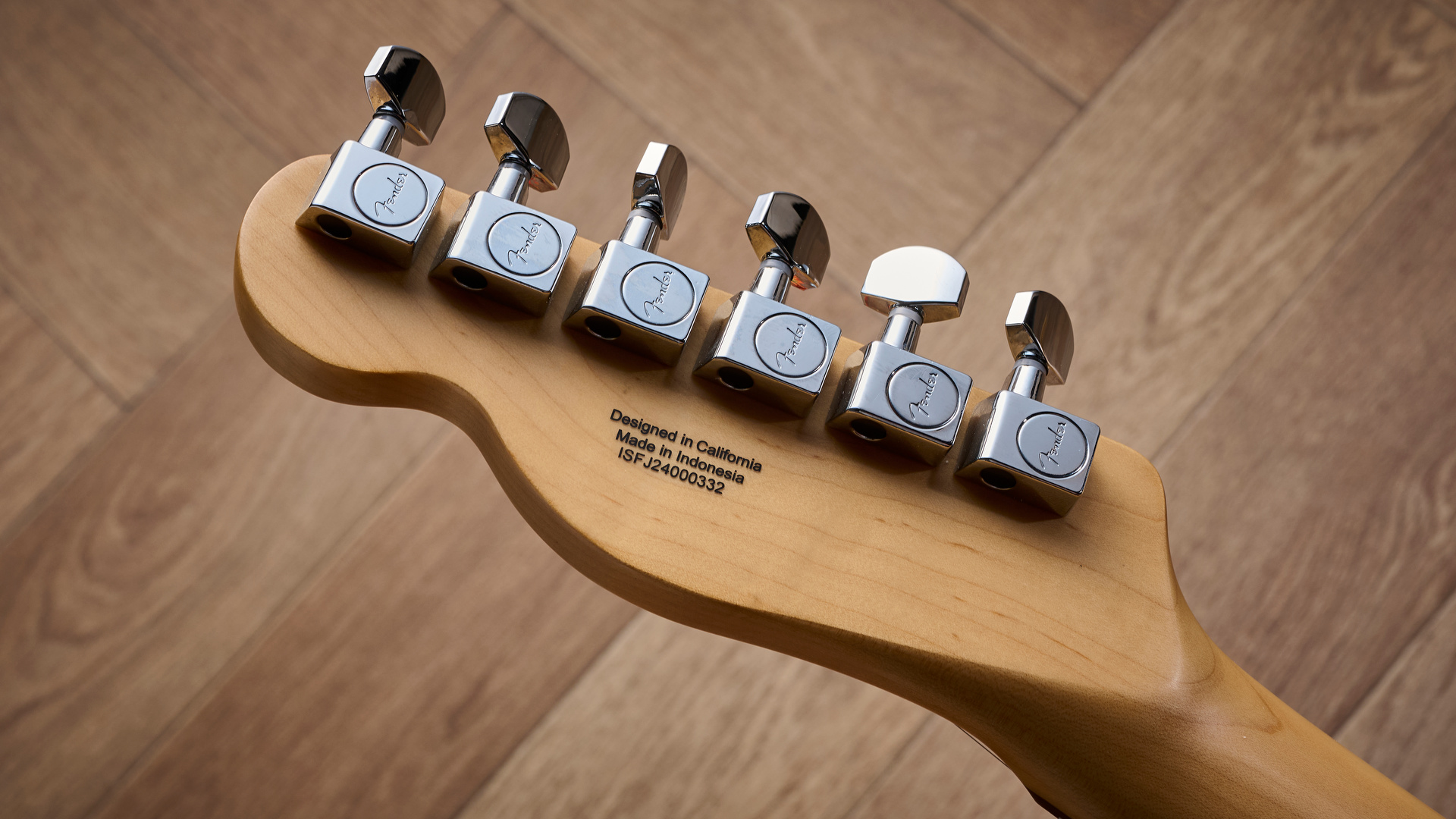
Build quality rating: ★★★★☆
Pulling the Fender Standard Telecaster out of the box, my first impression was that it’s a hefty thing in terms of body weight. It immediately felt noticeably heavier than my Player Plus Telecaster, and early reports indicate that through the translucent 3-Color Sunburst finish there lies a four-piece poplar body. I can hear the guffaws already.
It’s a vintage-style body shape so no belly or forearm curve here, but upon detailed inspection I can see that the paint has been applied pretty much perfectly. On the back there’s what looks like some dirt that’s gotten in the mix, and a small ding in the wood beneath the gloss finish, but these are tiny imperfections that certainly aren’t noticeable unless your nose is right up against it.
It’s hard to tell that it’s a four-piece body looking at this model. The grain looks uninterrupted to my eye, but perhaps those joins are hidden underneath the more opaque sections of the paintwork. Overall, the wood grain looks great on this particular model, but that’s no guarantee you’ll get the same experience.
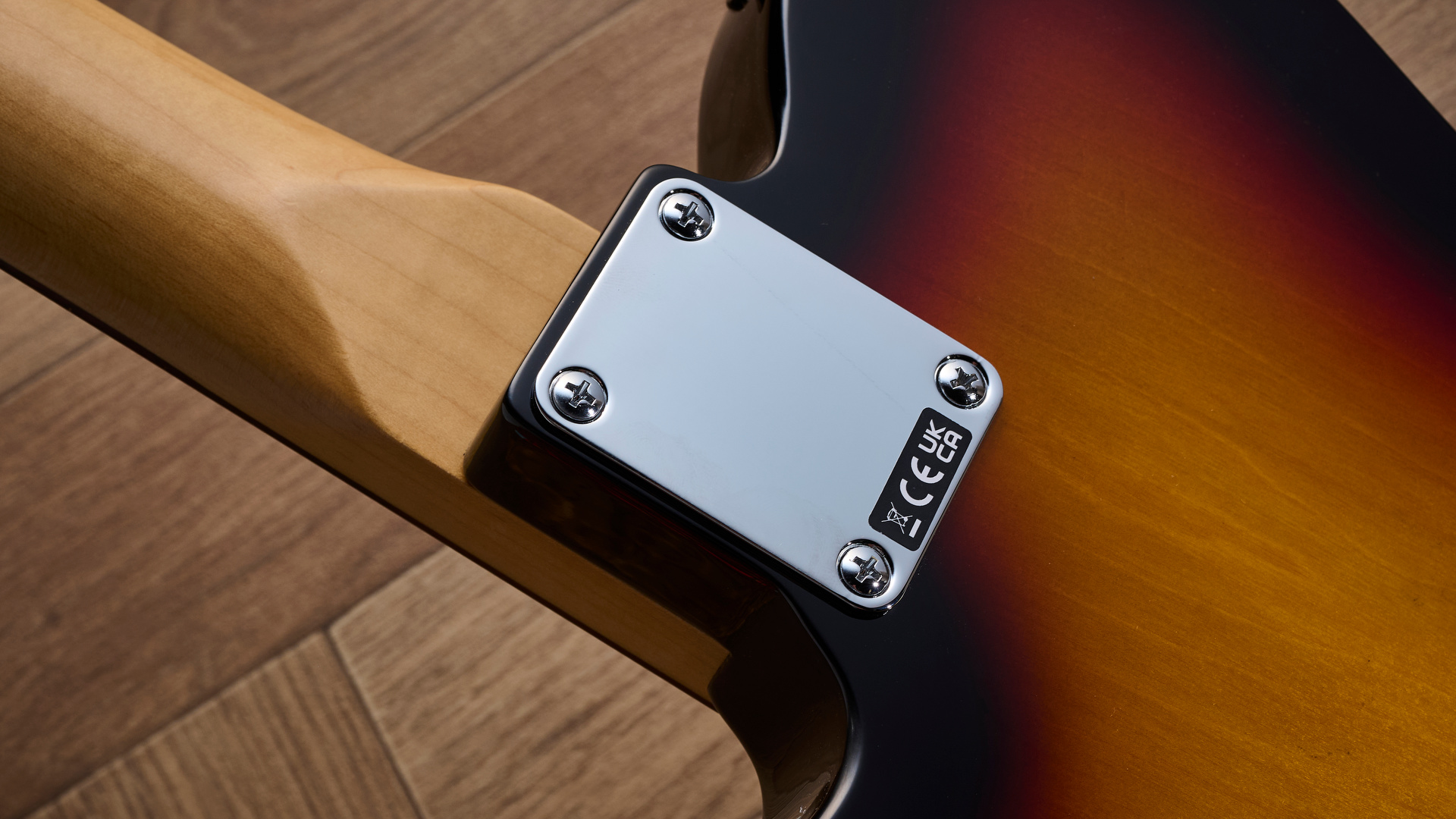
Moving to the neck, it’s immediately clear to me that the fingerboard edges have been rolled. This isn’t on the spec sheet on the official Fender website, and our reviews editor Rob reported that the edges of the Fender Standard Stratocaster we also have in for review are not rolled, so whether or not this is just a feature of the Telecaster remains to be seen. This discrepancy between models isn’t ideal though, as no one wants a lottery as to whether they get rolled edges or not.
With the modern ‘C’ neck profile it feels very similar to the Player Plus Tele I own and certainly sets it above what you’d get on a Squier. The fret edges are excellent, without any gaps between the wood and the metal of the fret, and nothing in the way of sharp edges. The neck has a satin finish which feels lovely and smooth, another upgrade over what you’d get on a vintage spec Classic Vibe Squier guitar. The fingerboard is Indian Laurel which will please those who dislike the lighter color of pau ferro, although in terms of feel, I don’t think there’s much difference.
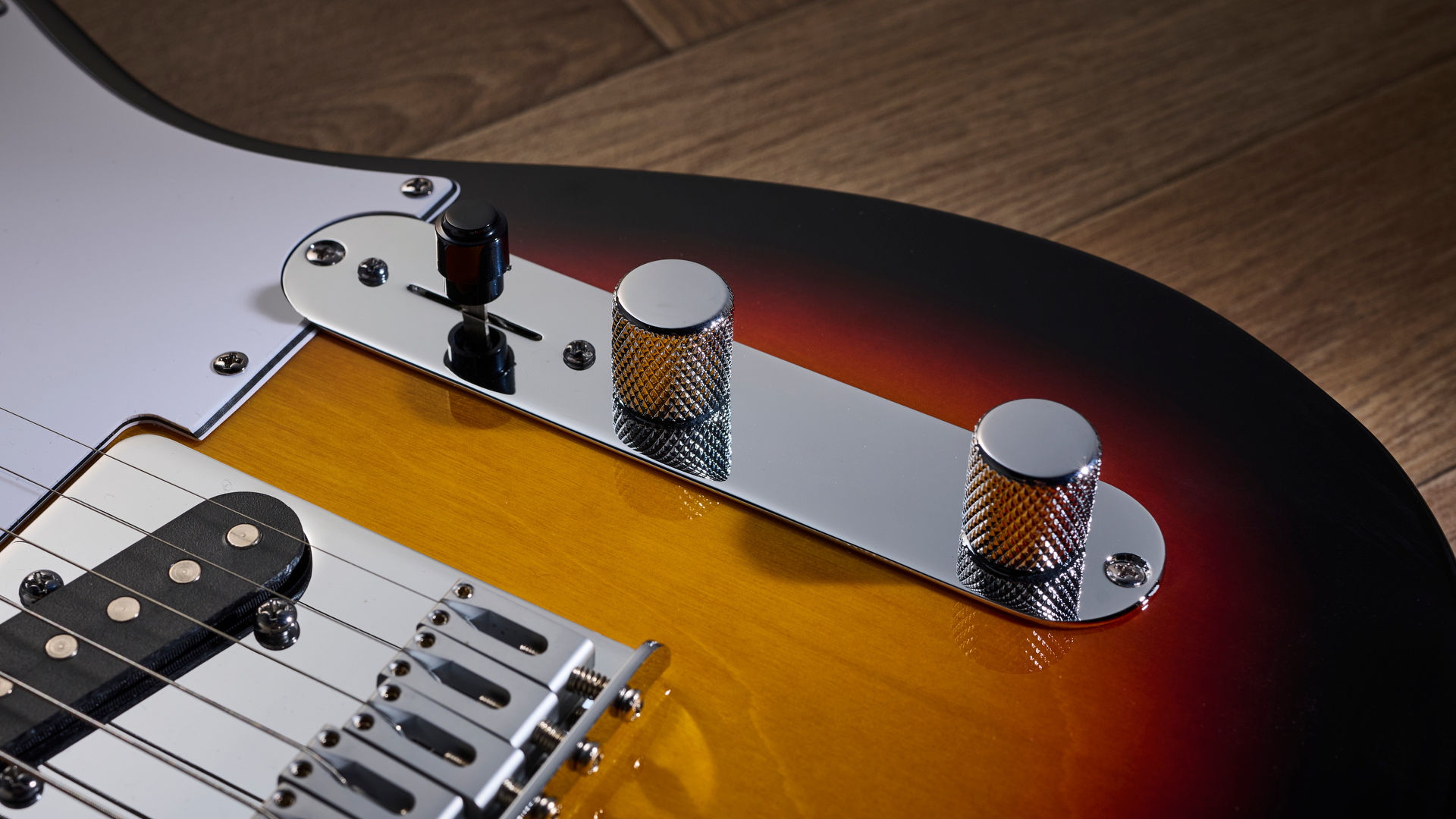
Where the Classic Vibe series features vintage-style tuners, here we have the decidedly more modern sealed cast tuning machines, and this theme continues with the six-saddle bridge. It might put off those who want a true Tele experience, but having owned guitars with both I don’t think there’s all that much difference between the two.
The pickups are classic Tele through and through however, with the plate-mounted bridge pickup and classic covered neck pickup present and accounted for. These are ceramic pickups, unlike the Alnico ones you’ll find in the Player series, and feature three-way switching as you’ll find on the vast majority of Telecasters.
Playability
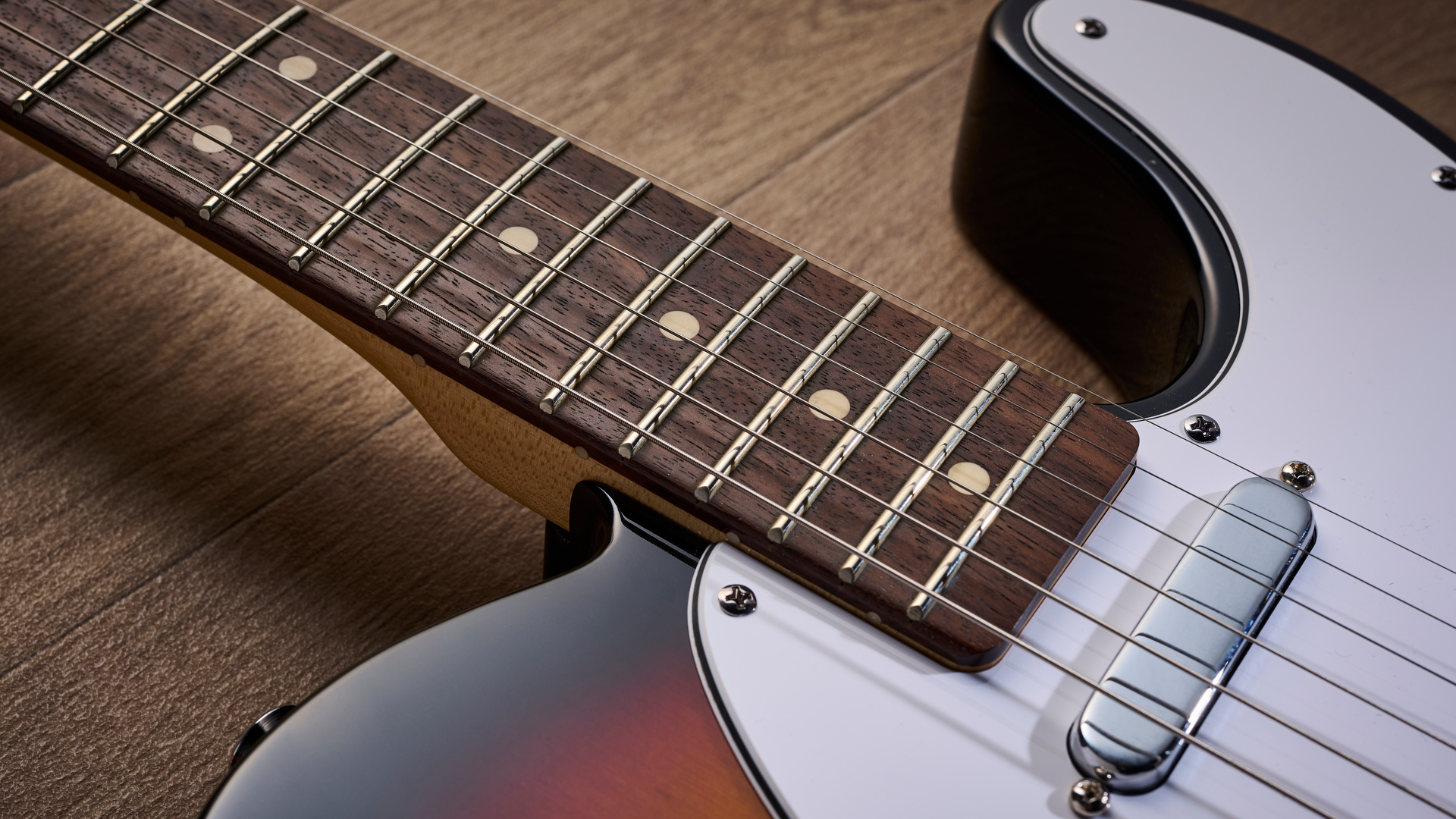
Playability rating: ★★★★½
The neck feels superb, much closer to a MIM Tele than it is to a Squier
With the guitar out of the box I immediately sat down to play it unplugged, curious as to whether it really is just a Squier with a Fender decal. It didn’t take me long to dispel this online myth though. The neck feels superb, much closer to a MIM Tele than it is to a Squier. I felt right at home from the off, those rolled fingerboard edges and satin neck allowing me to glide up and down the fretboard with ease.
The action is a little high out of the box for my liking, but that’s easily remedied via a setup. I did also notice that it choked out a bit when bending a full step around the 20th fret, again something that can typically be fixed with a truss rod tweak. Other than that, whether I was playing chords, picking arpeggios, hitting blues bends, and riffing hard on the low E, the Fender Standard delivered excellent playability overall.
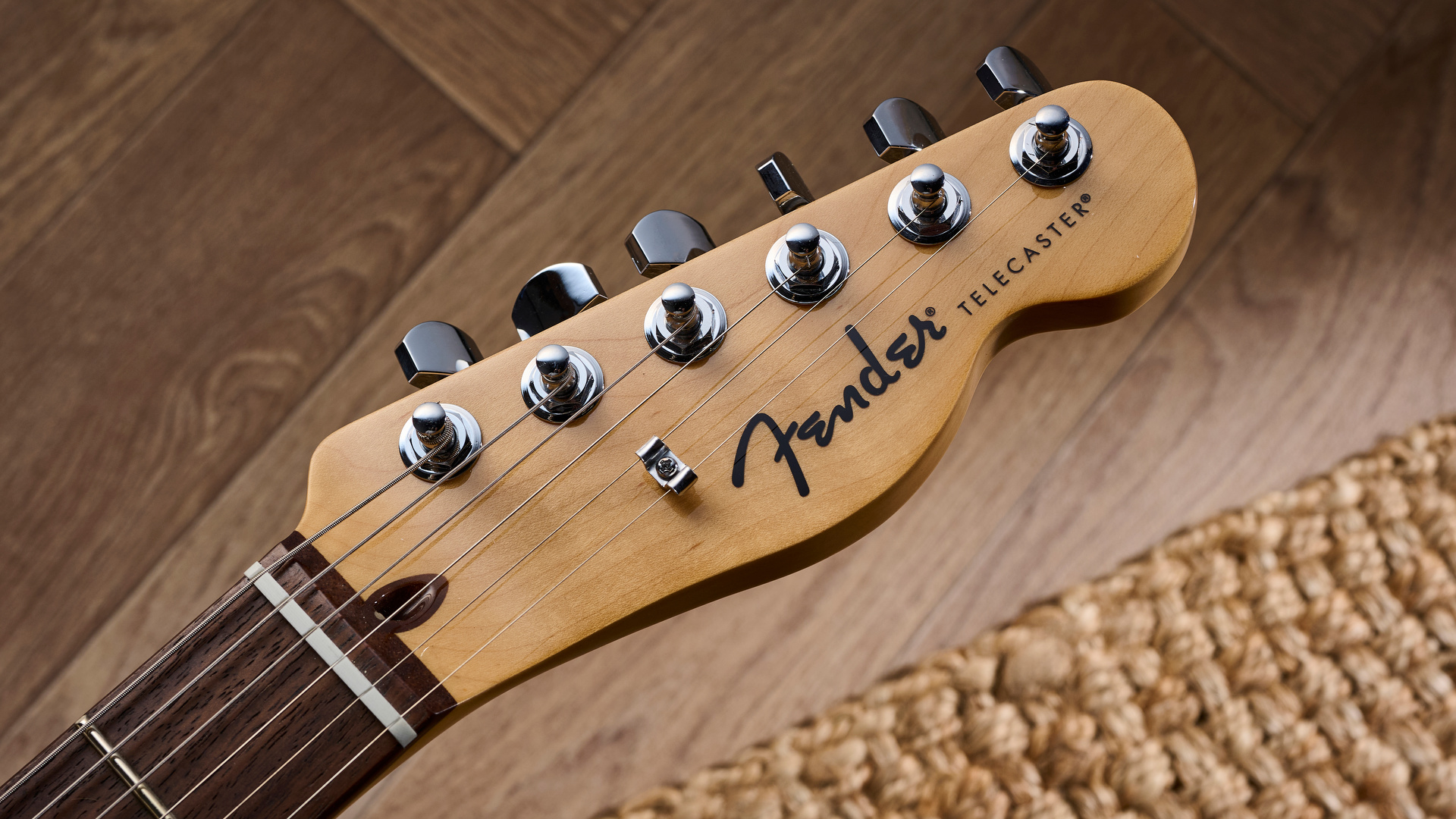
I also took it to practice to try it out standing up in a full band rehearsal, and you I could definitely feel the weight of it there. It’s not so unbalanced you get neck dive, more the opposite - you can feel the weight of the body against the lightness of the neck which took some getting used to for me. I also had to lower it from my usual position as I’m more used to a belly carve, and when you have it higher on the strap the body really digs into your ribs.
The tuners aren’t the most predictable
I also noticed that when tuning up between songs the tuners aren’t the most predictable. This might be because the strings need to bed in, or perhaps they’d benefit from a proper setup, but I did find them a little inconsistent. Sometimes I’d turn and nothing would happen, other times the tiniest turn would see a big jump on a tuner. I think if I owned the guitar and this issue persisted, I’d definitely look at replacing them, and this could well be part of the cost-saving measures it took to get the guitar to this price point.
Sounds
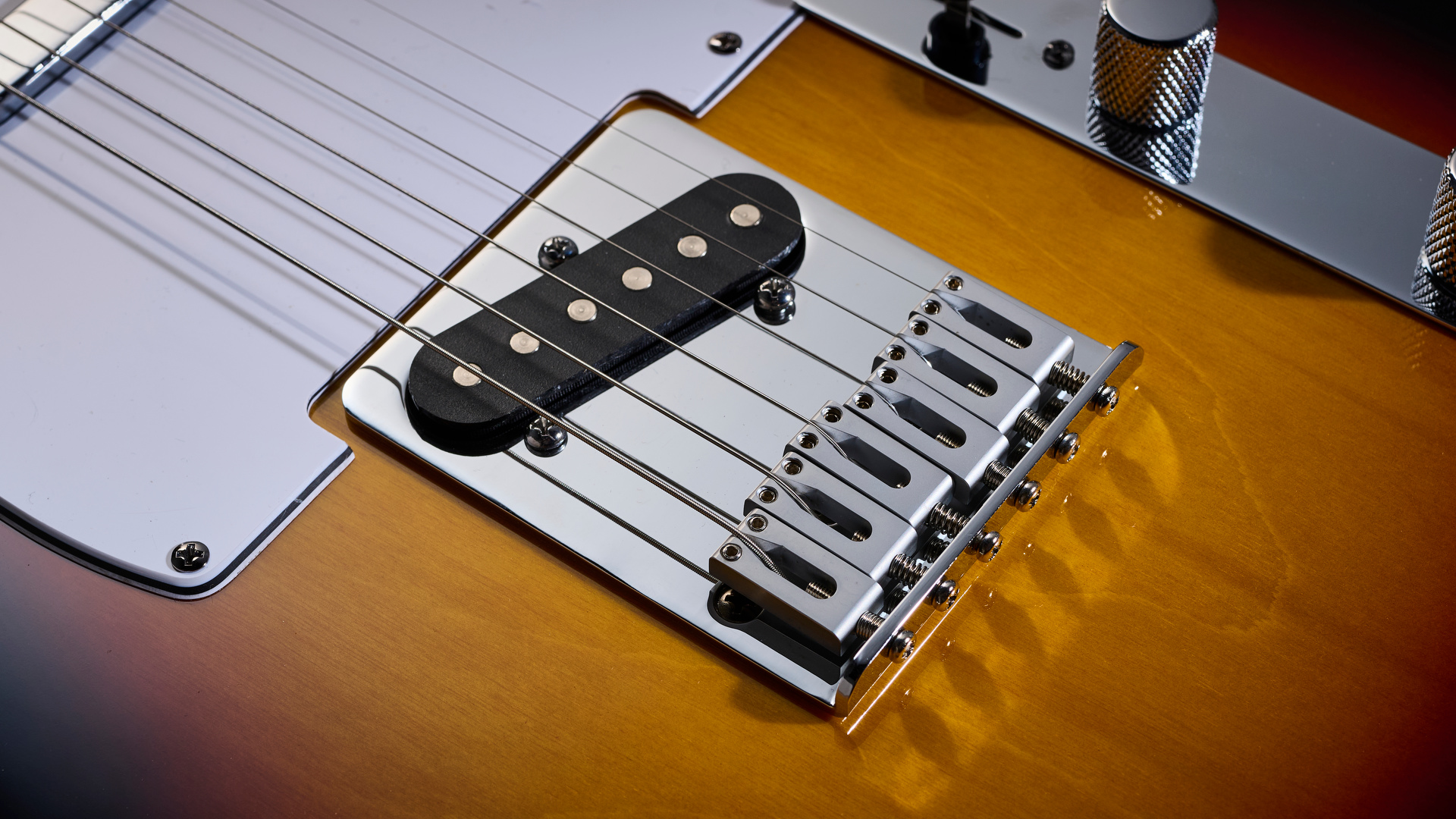
Sounds rating: ★★★★½
Plugging it into my Orange Rocker 32 on the clean channel, that classic Tele twang is immediately noticeable in the bridge position. It’s a little hotter than you’d get from a vintage-spec Alnico pickup, but not so much that you couldn’t tell immediately what type of guitar it is. There’s plenty of trebly bite here sans any harshness, and it cut through nicely amongst a full band in my rehearsal.
The neck pickup is even better in my opinion; dark and warm without a hint of mud. I spent a long time here picking arpeggios with some spring reverb and tape-style delay via my HX Stomp, absolutely basking in that warm wash of sound. Chords ring out nicely across the frequency spectrum with a beautiful balance, and that theme continues when you move to the middle position.
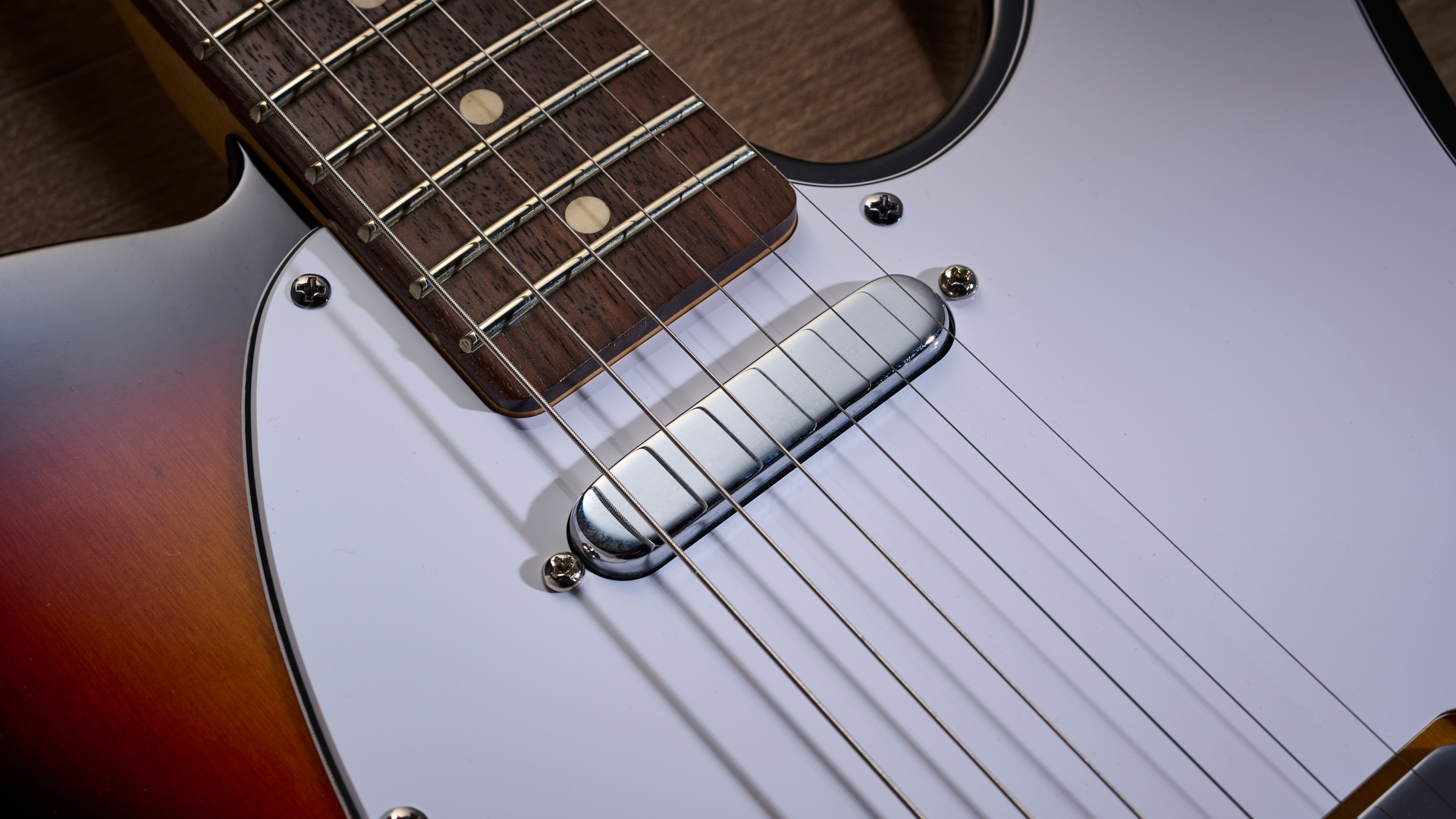
I’m playing in a noisy post-punk band at the moment, so in my testing it was subjected to plentiful effects both in terms of gain and time-based modulations
I’ll be honest, I don’t frequent the middle position with my number-one Tele, but I found the equilibrium between the two very opposed sounds really inspiring here. Neither the brightness of the bridge nor the warmth of the neck position overpower each other here, delivering a beautiful tonality that I don’t doubt will find multiple applications in a variety of genres.
I’m playing in a noisy post-punk band at the moment, so in my testing it was subjected to plentiful effects both in terms of gain and time-based modulations. It performed admirably, played through multiple overdrive pedals, a nasty synth pedal, some heavy fuzz, and managed to retain its clarity when dripping with sweep echoes and heavily modulated reverbs.
Overall the sonics of the pickups are almost as pleasing as the Noiseless single-coils on my Player Plus, which makes the Standard brilliant value for the money. It’s not going to replace a more expensive Telecaster of course, but I wouldn’t hesitate to use it as a guitar for alternate tunings or backup alongside my regular gigging guitar.
Verdict
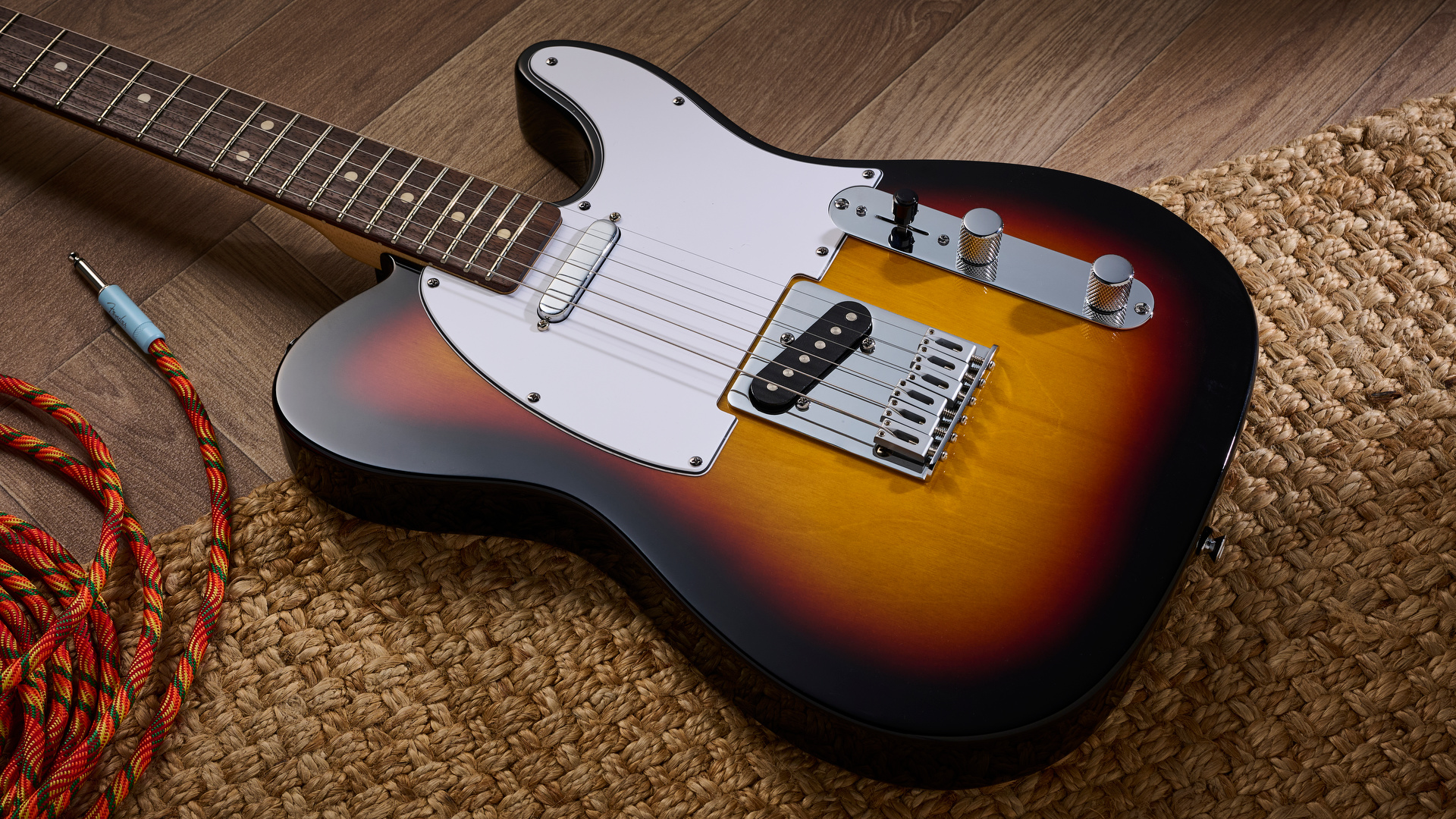
Looking at this particular guitar in a vacuum, it really is fantastic value for money
I’ll admit to being caught up in the initial skepticism when Fender announced the Standard Series was going to be manufactured in Indonesia, and there are definitely some question marks that need to be addressed around the inconsistencies in the build of the review models we’ve seen so far. But looking at this particular guitar in a vacuum, it really is fantastic value for money.
It feels up to the standard of the Fender name and gives you all those classic Tele tones, excellent build quality, and playability for an amazing price. It feels like a justifiable improvement over the Squier Classic Vibe series too, plus, you get the benefit of that iconic Fender logo on the headstock – just don’t show anyone what it says on the back.
Guitar World verdict: For all those who’ve lambasted the Standard Series before playing one - you’re going to have to eat your words I’m afraid. For the money, this is a lot of guitar that’s well put together, and absolutely delivers that classic Telecaster experience. Ideal for players who are new to the brand or those looking for a good quality guitar well below the $1,000 mark, the Standard is definitely worth your consideration.







